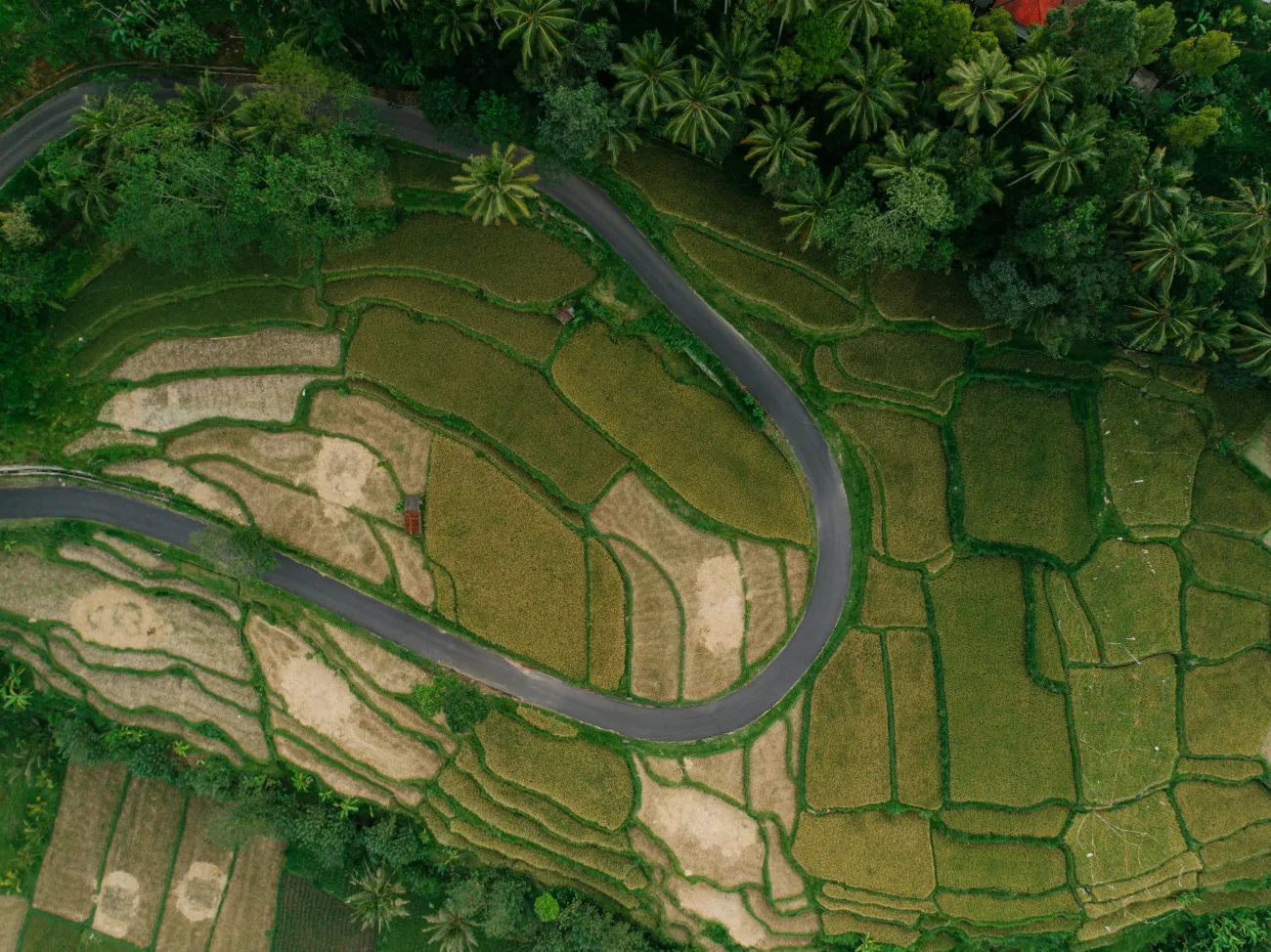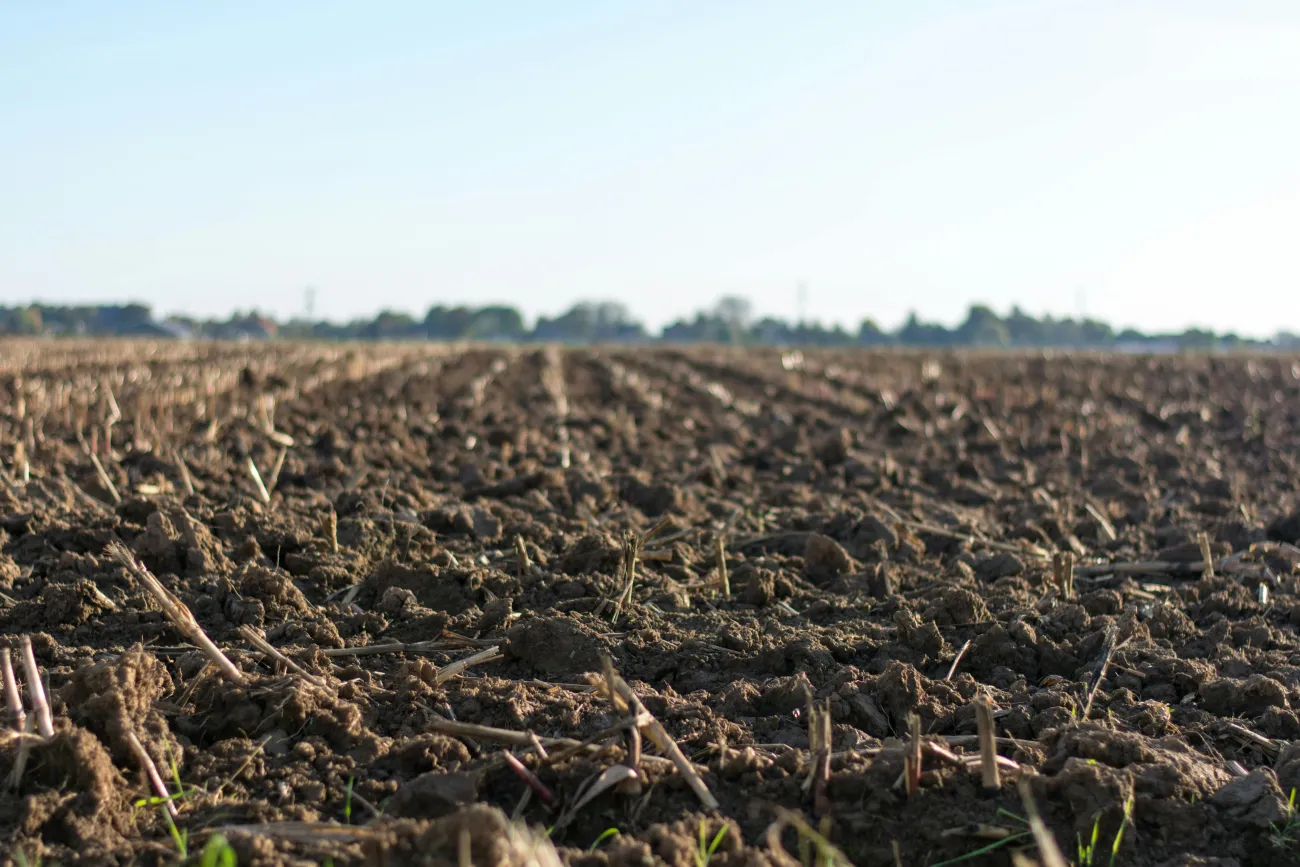This paper, co written by FCRN mailing list member Kurt Schmidinger argues that the ‘missed potential carbon sink’ - - the carbon sequestering opportunity cost of using land for livestock (and presumably for other agricultural commodities as well as for other activities) needs to be taken into account in calculating the CO2eq emissions arising from any activity.
As far as I understand it this approach is similar to that presented by Goodland and Anhang in the report they wrote back in 2009 for the WorldWatch Institute.
Reference and abstract as follows:
Schmidinger K and Stehfest E (2012). Including CO2 implications of land occupation in LCAs—method and example for livestock products, The International Journal of Life Cycle Assessment, Online First
Until recently, life cycle assessments (LCAs) have only addressed the direct greenhouse gas emissions along a process chain, but ignored the CO2 emissions of land-use. However, for agricultural products, these emissions can be substantial. Here, we present a new methodology for including the implications of land occupation for CO2 emissions to realistically reflect the consequences of consumers’ decisions.
Method
In principle, one can distinguish five different approaches of addressing the CO2 consequences of land occupation:(1) assuming constant land cover, (2) land-use change related to additional production of the product under consideration, (3) historic land-use change, assuming historical relations between existing area and area expansion (4) land-use change related to less production of the product under consideration (“missed potential carbon sink” of land occupation), and (5) an approach of integrating land conversion emissions and delayed uptake due to land occupation. Approach (4) is presented in this paper, using LCA data on land occupation, and carbon dynamics from the IMAGE model. Typically, if less production occurs, agricultural land will be abandoned, leading to a carbon sink when vegetation is regrowing. This carbon sink, which does not occur if the product would still be consumed, is thus attributed to the product as “missed potential carbon sink”, to reflect the CO2 implications of land occupations.
Results
We analyze the missed potential carbon sink by relating land occupation data from LCA studies to the potential carbon sink as calculated by an Integrated Global Assessment Model and its process-based, spatially explicit carbon cycle model. Thereby, we account for regional differences, heterogeneity in land-use, and different time horizons. Example calculations for several livestock products show that the CO2 consequences of land occupation can be in the same order of magnitude as the other process related greenhouse gas emissions of the LCA, and depend largely on the production system. The highest CO2 implications of land occupation are calculated for beef and lamb, with beef production in Brazil having a missed potential carbon sink more than twice as high as the other GHG emissions.
Conclusions
Given the significant contribution of land occupation to the total GHG balance of agricultural products, they need to be included in life cycle assessments in a realistic way. The new methodology presented here reflects the consequences of producing or not producing a certain commodity, and thereby it is suited to inform consumers fully about the consequences of their choices.
You can find coverage of the article here.




Comments (0)